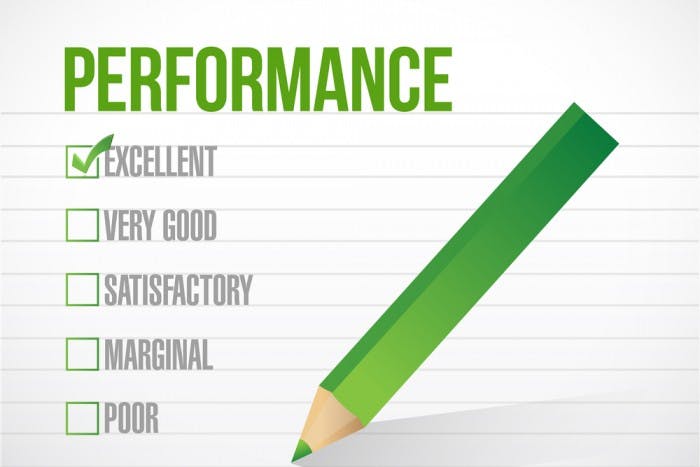Editor’s Note: As I wind down my stint as Editor of TLNT — yes, I’m leaving next month— I wanted to share some of my favorite posts. Here’s one from June 2012.
There are three words that no employee (and most managers) ever want to hear, words that will frighten the bejesus out of anyone who encounters them.
Performance improvement plan, or PIP for short.
If you work in talent management or HR, you surely have had to deal with them on a few occasions — maybe more than you care to admit — but I’ll bet that you always tried avoid them whenever possible, sort of in the same way you would try to avoid a root canal.
Yes, performance improvement plans have that impact on people.
PIPs aren’t about improving performance
For the uninitiated, performance improvement plans are a program that you put an employee on so you can closely monitor their work because, well, somebody, somewhere has determined that they aren’t cutting it and need remedial help.
But in my experience, 99 percent of the time a performance improvement plan isn’t about helping a worker improve — it’s about gathering additional evidence and setting up the framework to boot them out the door.
